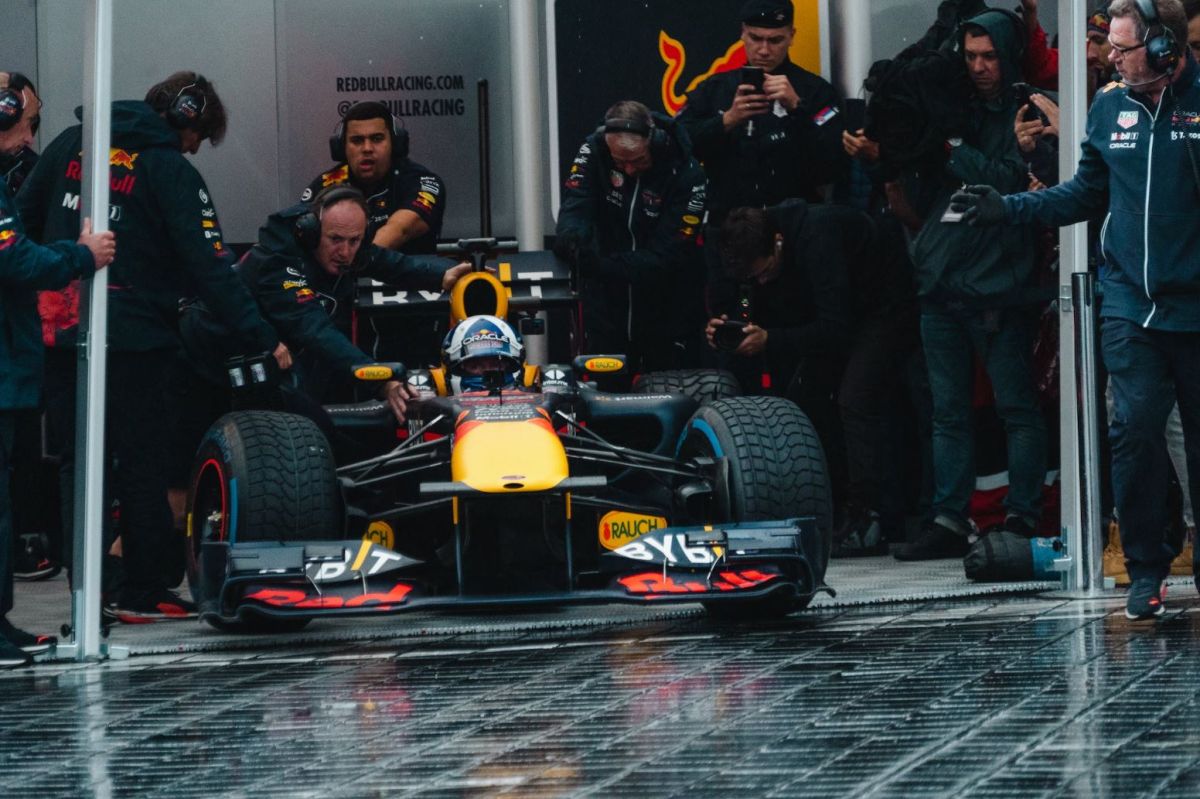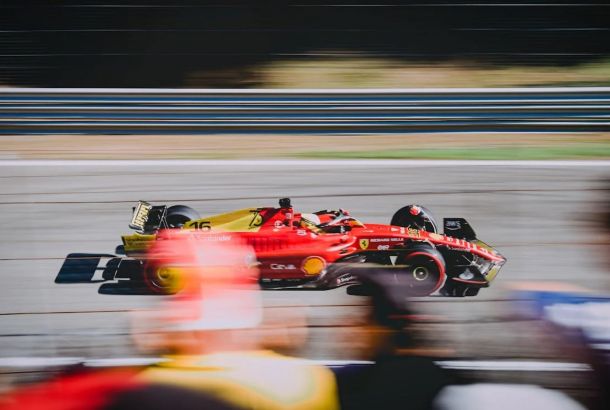Did the 2023 F1 season push drivers too far?

As of recent years, the argument that Formula One isn’t a “real” or physical sport has largely subsided. It’s no secret that being an F1 driver is extremely challenging both physically and mentally, with many racers starting their careers through go-karting from the age of four or younger, and some moving abroad alone before they’re even teenagers. They train their bodies to withstand extreme g-forces in races lasting over two hours, and can lose up to 4kgs of their body weight in a single race due to the intense temperatures of the cockpit. Furthermore, the evident danger of driving at speeds of 220mph and the risk of crashing cannot be dismissed.
All of this is known to the drivers, which is why they train the way that they do. However, the physical and mental limits exerted on them in 2023 went far beyond standard racing conditions.
Driver training and fitness
Being an F1 driver is intense to say the least. A race weekend involves three practice sessions, qualifying, and the Grand Prix across only three days, a cycle which is repeated over twenty times a year. Contending with jet lag, night races, and, of course, the insane amount of physical training, all also contribute to the trials and tribulaions of being a driver. Not only are they constantly working on their fitness and adhering to strict weight regulations, but they also train reaction times and spend hours on simulators to learn track layouts off by heart.
When it comes to the racing itself, drivers experience significant amounts of strain on their bodies requiring peak levels of physical fitness. In an F1 Explains podcast episode, racing scientist Dr Diandra Leslie Pelecky talks about how drivers are exposed to extremes of heat, tension, water loss, and stress in every single race. Their heartrates are elevated to comparable levels of those of a marathon runner for the duration of the races meaning drivers must have excellent cardiovascular fitness.
Drivers can also experience anywhere between 2gs and 6gs whilst racing which deprives the brain of oxygen consequently affecting things like judgement or the ability to see colours. They must have the muscle mass and strength to support their bodies with a helmet whilst driving at intense speeds and g-forces.
Additionally, drivers lose weight through sweat which obviously leads to dehydration. This causes levels of impairment similar to those as drinking alcohol. The limits that drivers push their bodies to are evidently challenging enough without the added temperature and humidity that some races reach.
Qatar Grand Prix
Whilst the Qatar Grand Prix was the weekend where Max Verstappen won his third World Drivers’ Championship and McLaren broke the world record for fastest pit stop; the atmosphere following the GP was not what it should have been. Qatar was the most physically demanding race not just of the season but, for many drivers, of their entire career.
Temperatures in the cockpit reached up to 60 degrees Celsius leading multiple drivers to suffer from heat exhaustion. Lance Stroll blacked out while racing down the straights, Alex Albon couldn’t get out of his car without assistance and had to be treated for “acute heat exposure” in the medical centre, Logan Sargeant had to retire as he was so unwell, and Esteban Ocon threw up in his helmet during the race. These are high-performance athletes already being pushed to the limit of an extremely challenging sport who had to race in increasingly dangerous conditions.
Following this extreme heat, engineers will be able to install a scoop in the cockpit from 2024 to promote cooling. Whilst it’s reassuring that these dangers were at least recognised by the FIA, will this modification be sufficient? It’s currently too early to tell – we may not know until after the race – but given the conditions Qatar left the drivers in, I would argue that it won’t be.
Las Vegas race weekend
Before the Grand Prix, Max Verstappen had already criticised the race weekend for being “99% entertainment, 1% sport” which was considered controversial by many, but his statement seemed to hold some truth when it was revealed that the drivers “didn’t see the sun for 4 days”.
The street circuit was newly constructed in 2023 with a permanent race area to house garages and team areas, but the racing took place on the Las Vegas Strip itself. This involved closing the Strip for races which they could only do overnight leaving drivers practicing, qualifying, and competing as late as 20:30, 22:30 or even midnight. Whilst the Grand Prix itself was arguably one of the best races of the season with a last lap push from Charles Leclerc to see him take second place from the Red Bull of Sergio Perez, is the Las Vegas circuit actually sustainable?
America has been looking to further its involvement with F1 for several years with the sport becoming increasingly popular in the States, especially since the opening of the Circuit of the Americas (COTA) in 2012, and then the Miami International Autodrome a decade later. Although understandable that the US would like to host more races as such a huge nation with a large F1 fanbase, Las Vegas may not be the best choice for a third track if it means that drivers cannot see the sun for an entire weekend.
Increased number of races
The 2023 season saw a doubling in the number of sprint races from 2021 and 2022 with six sprint races held in Baku, Spielberg, Spa, Losail, COTA, and Sao Paolo. This means that last year there were 28 races in which drivers were competing for points thereby increasing the intensity of the season and how much drivers had to push themselves. In 2024 there will be six sprint races again, this time in Shanghai, Miami, Spielberg, Austin, Sao Paolo and Lusail to go along with the 24 GPs.
Bradley Scanes – former Performance Coach of three-times World Champion Max Verstappen – was interviewed on the F1R the Girls podcast about how the current Drivers’ Champion trains. He revealed all of the behind-the-scenes work that Verstappen does to get results on the grid including learning track layouts and racing lines, watching onboards and spending time in the simulator.
Scanes also shared his tactics for beating the notorious jet lag that comes from racing in over twenty different countries per year. When asked about the 2024 season and its record-breaking number of races, he said that we “may see a deficit in performance” due to the toll it could take on drivers. This year will see five double headers and two triple headers meaning drivers will race on back to back weekends seven times this season with an added six sprint races on some weekends.
As a huge fan of the sport you might assume that I’m glad to see even more races on the calendar this year, but at what cost? It goes without saying that this will be a real test of mental and physical stamina for the drivers who already push themselves to such extremes.
I sincerely hope for the drivers’ wellbeing that the FIA considers the impact that this season had on the grid and takes it into account when making decisions about races in the future. F1 is becoming increasingly lucrative with smaller teams like Haas struggling to stay alive without large sponsorships and Red Bull’s sister team having to rebrand as Visa Cash App RB. I hope that this monetisation of the sport doesn’t come at the expense of drivers’ health and wellbeing, and that improvements will be actualised in the upcoming season.







